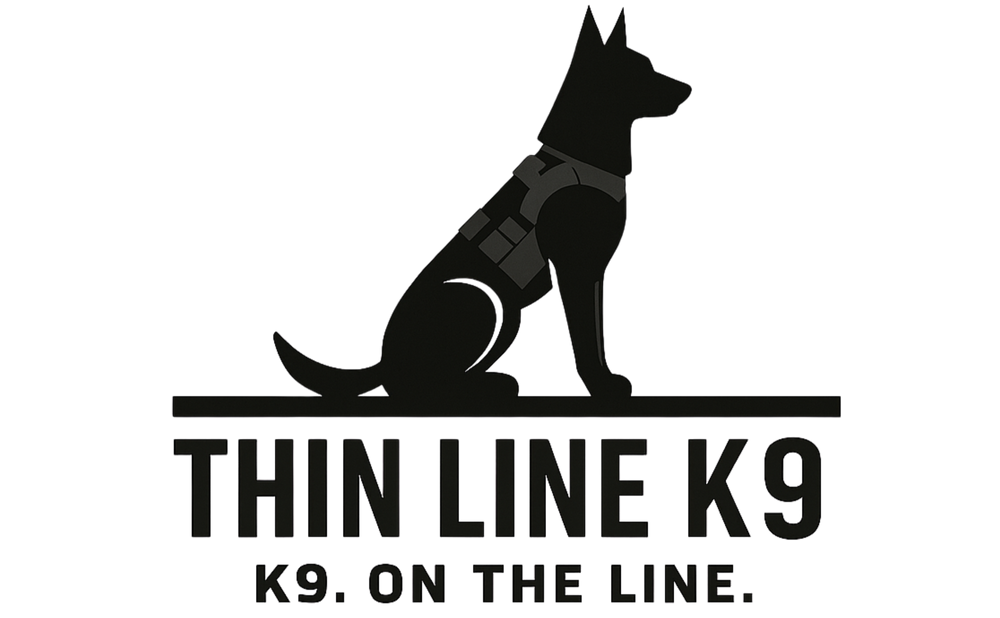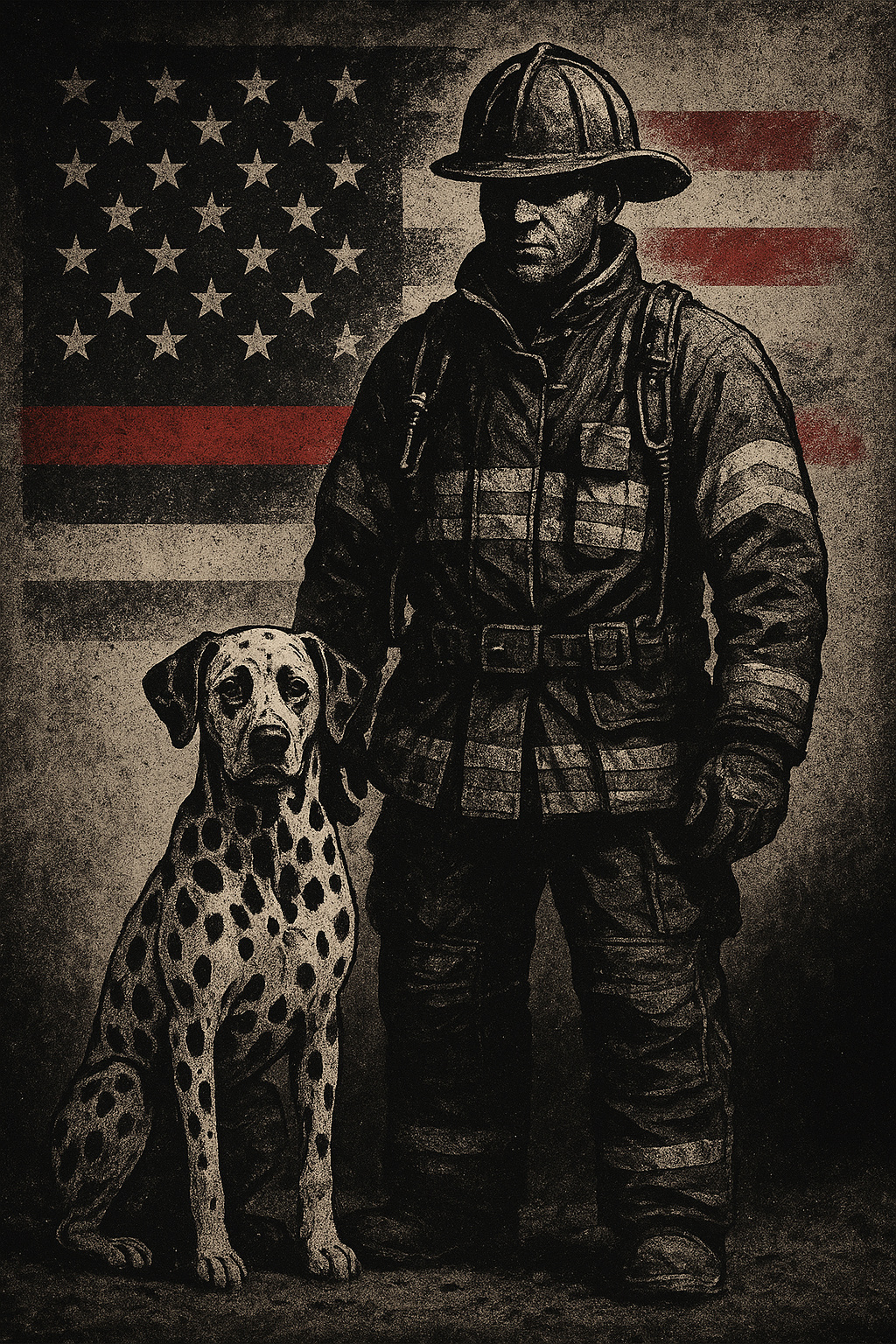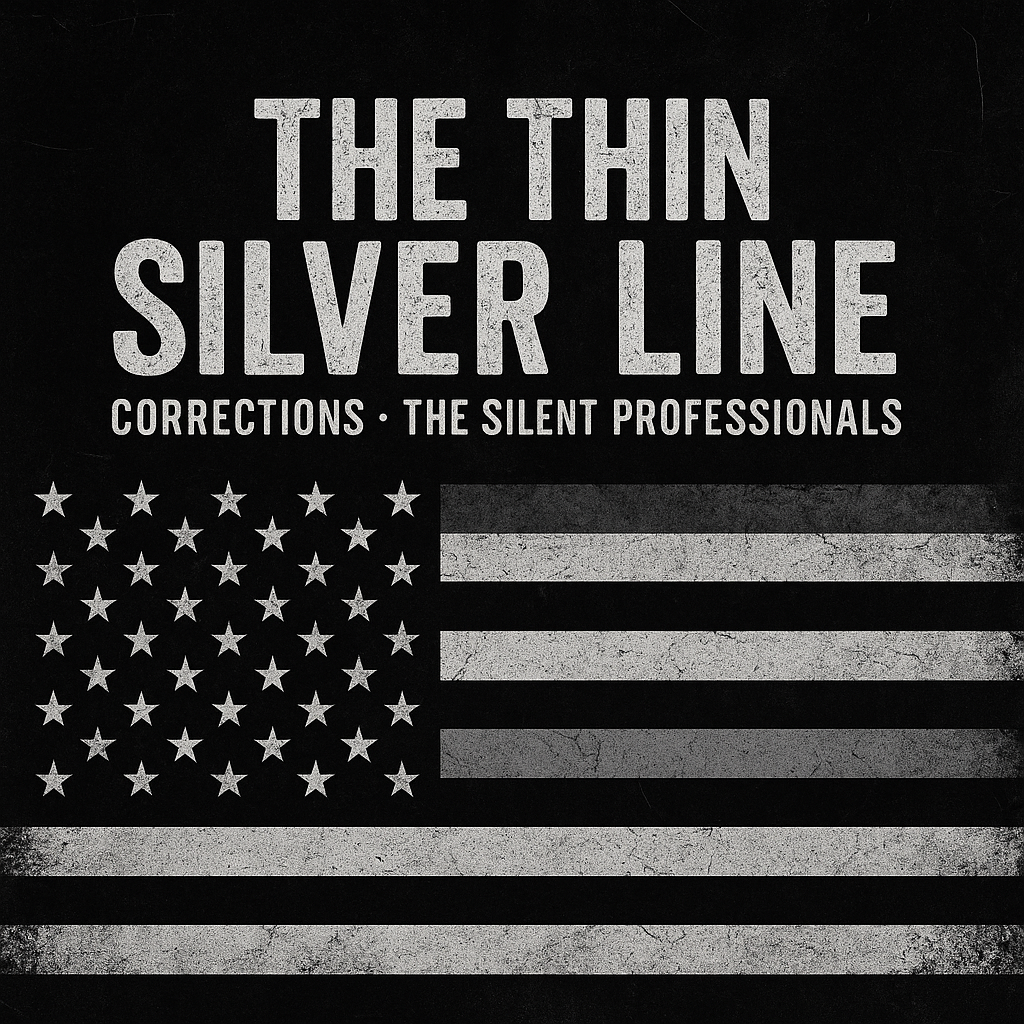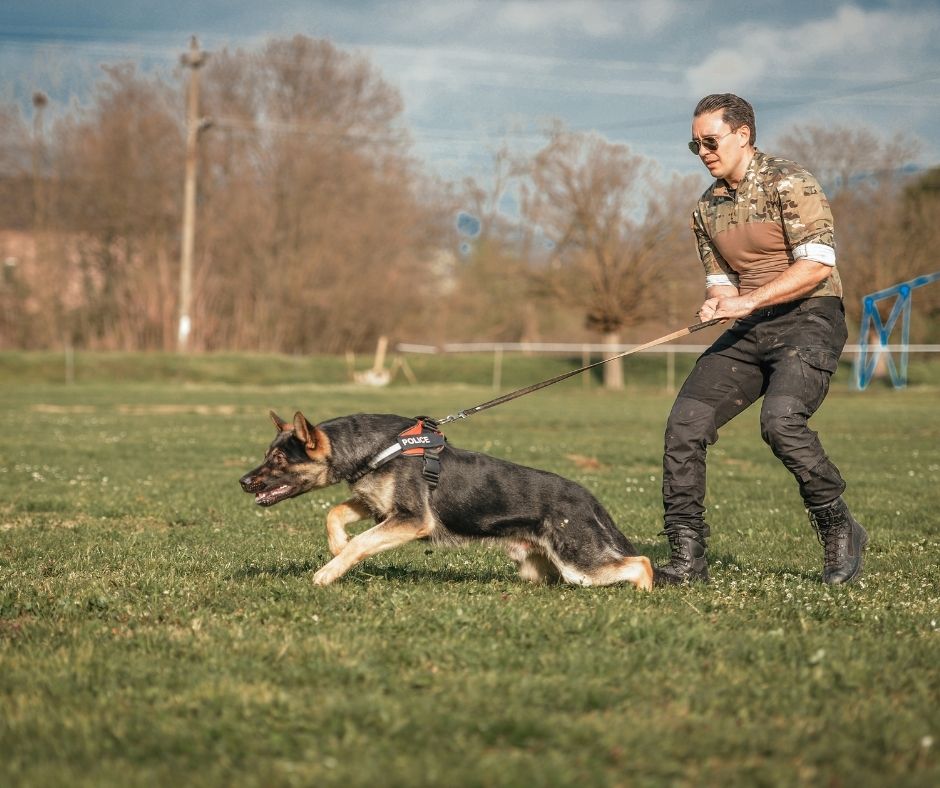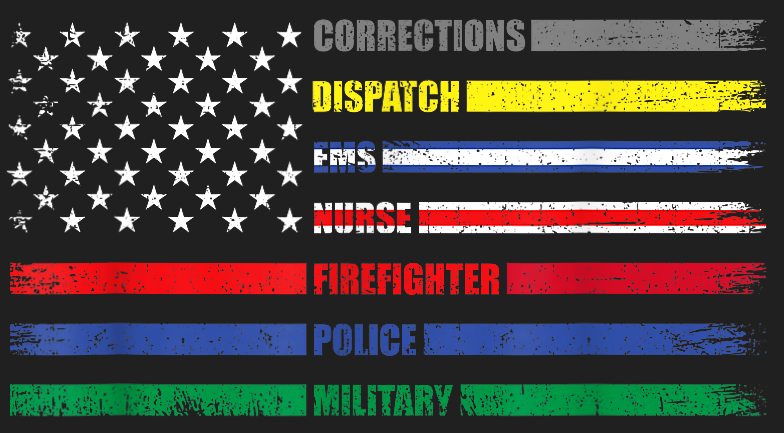Think your job interview was brutal? Try being an 8-week-old German Shepherd facing K9 selection.
While most puppies are figuring out how to not trip over their own paws, these little candidates are getting their temperament evaluated like they're applying for the FBI. Here's what'll blow your mind: it's not the biggest, strongest, or even smartest pup that makes the cut. K9 trainers are looking for that perfect storm of drive, confidence, and just enough stubbornness to make a criminal's day really, really bad.
We're talking about puppies who see a loud noise and think "challenge accepted" instead of running for mama. The kind of dog who finds a hidden tennis ball and acts like they just solved world peace. Because honestly? That's exactly the attitude you want when they're detecting explosives or tracking down suspects.
The Mind Game: Temperament Testing That Would Make Navy SEALs Sweat
Before any pup gets near a bite sleeve or scent article, they're put through psychological evaluation that would make most humans need therapy. K9 trainers use something called the Volhard Puppy Aptitude Test, and it's basically the canine equivalent of a psychological profile mixed with a stress test.
The Noise Test: Trainers drop metal pans, fire starter pistols, and create chaos that would send most dogs running. Future working K9s? They investigate. They're the ones thinking, "What was that awesome sound and can we do it again?"
Prey Drive Assessment: This isn't about chasing tennis balls in the backyard. Trainers evaluate a pup's obsession level with moving objects. We're looking for dogs who see a fleeing suspect and think "game on" rather than "eh, maybe later."
Social Dominance Evaluation: They test how puppies interact with humans and other dogs. Future patrol K9s need enough confidence to control a situation without being aggressive jerks about it. It's a fine line between "I'm in charge here" and "I'm going to eat your face."
Recovery Testing: Here's where it gets real - they stress the puppy out intentionally, then see how quickly they bounce back. Because in the field, a K9 might face gunfire, explosions, or hostile crowds, and they need to shake it off and get back to work.
The brutal truth? About 70% of puppies wash out at this stage. And that's not a failure - it's just reality. These dogs are going to face situations that would traumatize most humans, so the standards are sky-high because the stakes are higher.
Physical Standards: More Than Just Looking Tough
Once a pup passes the mental evaluation, it's time for the physical assessment. This isn't your typical vet checkup - it's a full-body audit that would make professional athletes nervous.
Hip and Elbow Dysplasia Screening: Working K9s need joints that can handle jumping fences, tackling suspects, and working 10-hour shifts. One bad hip can end a career before it starts.
Bite Assessment: They evaluate jaw strength, tooth alignment, and bite pressure. A narcotics detection K9 might not need the same bite power as a patrol dog, but they all need healthy mouths for their gear.
Endurance Testing: These dogs need to work long shifts in all weather conditions. Trainers test cardiovascular health, heat tolerance, and stamina. A K9 who gets winded chasing a suspect three blocks isn't going to cut it.
Sensory Evaluation: Vision, hearing, and scent capability get tested extensively. A detection K9 with a subpar nose is like a sniper with bad eyesight - technically possible, but why would you?
The physical standards are non-negotiable because these dogs are literally putting their lives on the line. There's no participation trophy in K9 work.
The Perfect Match: Handler Selection and Bonding
Here's where the process gets heartfelt (yeah, we said it). The best K9 in the world is useless with the wrong handler, and the most dedicated officer can't succeed with an incompatible partner.
Handler Evaluation: Officers go through their own selection process. Departments look for patience, consistency, and the ability to read their dog's behavior under pressure. Some cops are great at arresting bad guys but terrible at understanding when their K9 is alerting to narcotics.
Personality Matching: This is part science, part art, and part magic. Trainers match high-energy dogs with handlers who can keep up, and pair more methodical K9s with officers who appreciate precision over speed.
The Bonding Process: Once matched, handler and K9 spend 12-16 weeks together in intensive training. They eat together, train together, and basically become a two-species team. The bond that forms isn't just professional - it's family.
Certification Requirements: Before they hit the streets, every K9 team must pass rigorous certification tests. These aren't multiple choice exams - they're real-world scenarios with pass/fail consequences.
The Reality Check: Not Every Story Has a Happy Ending
Let's be real for a minute. Not every puppy becomes a working K9, and not every working K9 has a long career. Some wash out during training, others get injured on the job, and some just don't have what it takes when the pressure's on.
But here's what gets us every time: the dogs who don't make it as working K9s often become incredible family pets, therapy dogs, or detection dogs for private security. They're not failures - they're just meant for different missions.
The puppies who do make it? They become the four-legged heroes who find missing kids, detect bombs before they explode, and stand between the good guys and the bad guys. They're the reason we do what we do at Thin Line K9.
Supporting the Next Generation
Every time you support working K9s and their handlers, you're investing in this incredible selection and training process. Our Mission Collection helps fund medical care for retired K9s, protective gear for active-duty dogs, and training programs that create these amazing partnerships.
Because at the end of the day, these aren't just dogs doing jobs - they're partners, protectors, and heroes who happen to have four legs and really good noses.
